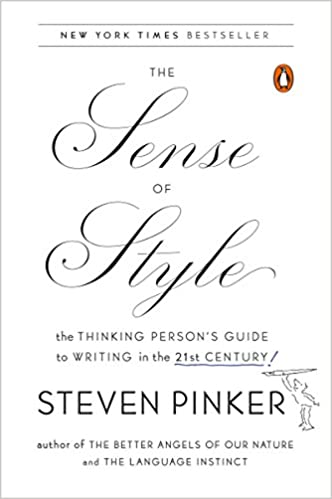Publications
2008
Why do compounds containing regular plurals, such as rats-infested, sound so much worse than corresponding compounds containing irregular plurals, such as mice-infested? Berent and Pinker (2007) reported five experiments showing that this theoretically important effect hinges on the morphological structure of the plurals, not their phonological properties, as had been claimed by Haskell, MacDonald, and Seidenberg (2003). In this note we reply to a critique by these authors. We show that the connectionist model they invoke to explain the data has nothing to do with compounding but exploits fortuitous properties of adjectives, and that our experimental results disconfirm explicit predictions the authors had made. We also present new analyses which answer the authors’ methodological objections. We conclude that the interaction of compounding with regularity is a robust effect, unconfounded with phonology or semantics.
2007
English speakers disfavor compounds containing regular plurals compared to irregular ones. Haskell, MacDonald and Seidenberg (2003) attribute this phenomenon to the rarity of compounds containing words with the phonological properties of regular plurals. Five experiments test this proposal. Experiment 1 demonstrated that novel regular plurals (e.g., loonks-eater) are disliked in compounds compared to irregular plurals with illicit (hence less frequent) phonological patterns (e.g., leevk-eater, plural of loovk). Experiments 2–3 found that people show no dispreference for compounds containing nouns that merely sound like regular plurals (e.g., hose-installer vs. pipe-installer). Experiments 4–5 showed a robust effect of morphological regularity when phonological familiar- ity was controlled: Compounds containing regular plural nonwords (e.g., gleeks- hunter, plural of gleek) were disfavored relative to irregular, phonologically-iden- tical, plurals (e.g., breex-container, plural of broox). The dispreference for regular plurals inside compounds thus hinges on the morphological distinction between irregular and regular forms and it is irreducible to phonological familiarity.


